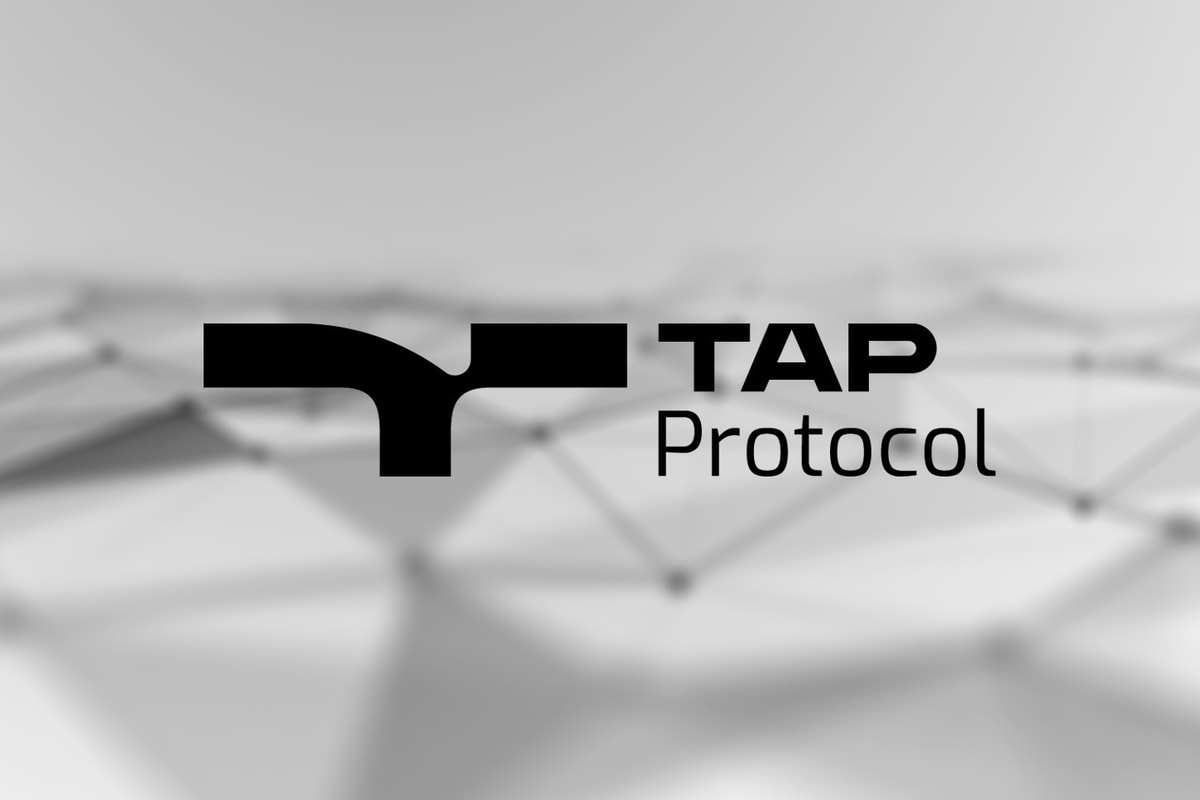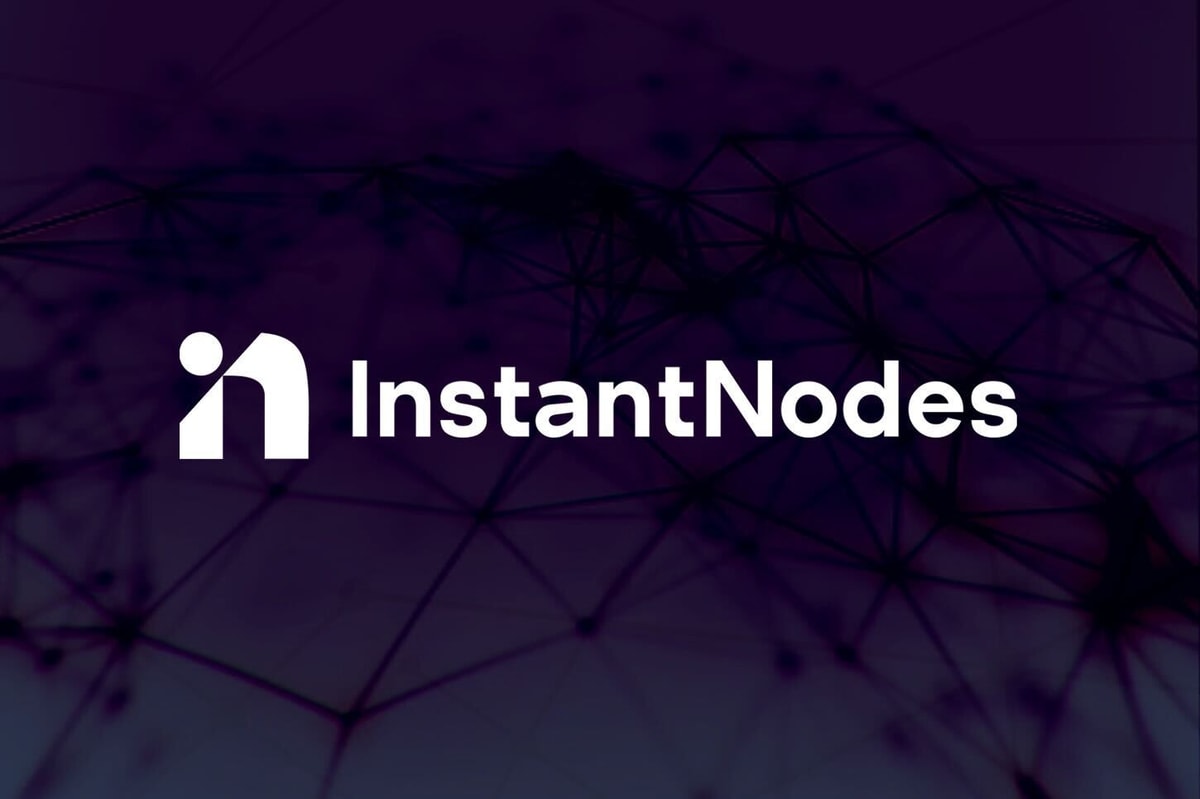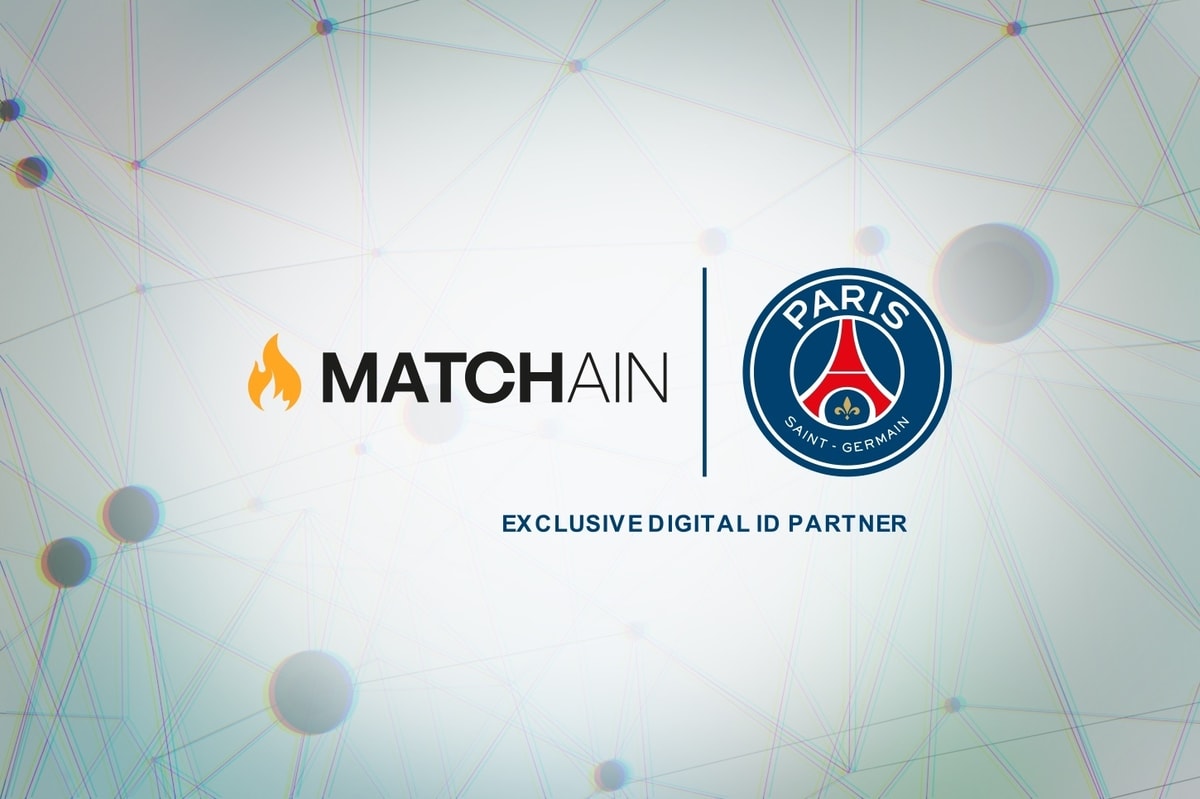Stockholm, Sweden, April 28, 2021 – At approximately 6:00 am GMT on April 30, at block 845,000, Qtum will implement a hard fork to shorten the block spacing down to 32 seconds. It’s also called the Qtum FastLane hard fork.
“We have seen great results from extensive testing, including around a month of running the hard fork on testnet and are excited about this going live on the mainnet. After the Qtum FastLane hard fork on April 30, Qtum will be a super fast and decentralized proof-of-stake smart contract platform with the UTXO model. More DeFi will come to Qtum,” said Patrick Dai.
With the hard fork, average block spacing will drop from the current 128 seconds to 32 seconds. In addition, the block reward size will drop by four times — but come four times as often. “Expected time” will drop by four times, an advantage for new stakers who can see block rewards starting up in one-fourth the time. For example, a modest staker or delegated address with an expected time of four weeks would see their expected time drop to one week after the hard fork.
The faster blockchain will be more responsive for decentralized finance and other transactions on-chain. With 70 transactions per second and low gas fees, Qtum will be ideal for everything from gaming applications, DeFi-legos, and minting nonfungible tokens at a low cost.
This hard fork has been under testing for four months and is crucial for expanding the Qtum network to get ready for other big milestones, such as the launch of Janus and Neutron.
The hard fork will be implemented by the update to version 0.20.2, only for the Qtum Core wallet, and does not require an update to other wallets. This hard fork will add other new features, including an upgrade of the EVM, and does not create a new coin of any value.
“After the Qtum hard fork on April 30, you will have most of the features Ethereum 2.0 aims to achieve. At the same time, it’s a UTXO-based smart contract platform and can also enable Bitcoin, Litecoin, Dogecoin, Digibyte and many others to have smart contracts,” said Dai.
Please note that the FastLane update will be mandatory with details here. Most of the leading exchanges, wallets and staking partners such as Binance, Huobi, OKEx, Gate.io, HitBTC, Bittrex, Poloniex, Everstake, Infstone, Neoply and many others have already completed the update and are all ready for the FastLane.
About Qtum
Qtum is an open-sourced public blockchain platform that enables multiple virtual machines, including EVM and, soon, the Neutron ARM VM. Qtum is a green-blockchain, proof-of-stake-based, and boasts a decentralized governance protocol, allowing specific blockchain settings to be modified by using smart contracts. The security and transparency of Bitcoin’s UTXO model combined with Ethereum’s EVM and a customized PoS mechanism provide stability and transaction finality.
For Media Contact:
Benjamin Dahl
Marketing Manager Qtum
SOURCE: QTUM











